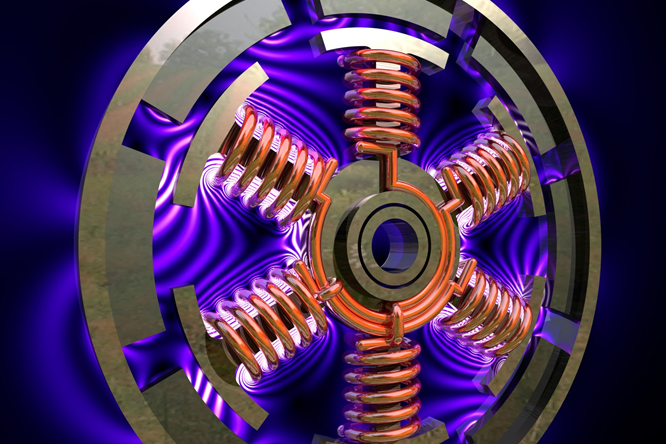EC Technology
What Is “EC Technology” and Why Use It?
Put simply, EC (Electronically Commutated) technology is the only way to go if your key objectives are to reduce power consumption and extend the life of an electric fan motor in a refrigeration or ventilation application.
EC Motors vs Conventional Motors
Conventional motors use metallic brushes within the motor to deliver current and cause rotation of the shaft. When the motor windings become energized, a temporary magnetic field is created that repels (and/or attracts) against permanent magnets. This force is converted into shaft rotation, which allows the motor to do work. As the shaft rotates, electric current is routed to different sets of windings, maintaining electromotive repulsion/attraction, forcing the rotor to continually turn.
These metallic brushes wear over time and generate internal heat, which reduces the efficiency of the motor.
Motor Efficiency
This is essentially the “gap” between the Input power used by the motor, and the shaft power produced by the motor. A conventional brushed motor is likely to be around 15% efficient, meaning that 85% of the electrical power going into the motor is used to run the motor itself, leaving only 20% available at the motor shaft.
EC motors, on the other hand, use commutation electronics to sense the rotor position and electronically switch supply current, thus eliminating the need for mechanical brushes to deliver current to the motor windings. This electronic elimination of physical contact dramatically reduces internal wear within the motor and significantly increases reliability.
Advantages of EC Motor Technology
- EC motors deliver Efficiency over 70%, as opposed to 15% from a brushed motor, since more of the total input power used by the motor is being turned into rotational force and less is being lost as heat.
- Less wear, longer life – no brushes in constant contact with the shaft, so no wear.
- Lower internal temperature rise.
- Large reduction in power consumption.
- Conventional brushed motors are noisier than EC equivalents; the switching action of the brushed commutators creates significant electrical and electromagnetic noise.
- Flat efficiency curve which varies relatively little across the speed range.
- Speed and efficiency not susceptible to voltage fluctuations like an AC motor.
- Fan speed can be programed to precisely match the application demand.
- One motor model can be used in many different applications as the electronics control the speed.
- Certain models offer the option of managing the speed of the motor in the application using a 0-10V/PWM or 4-20mA input signal to the motor.

